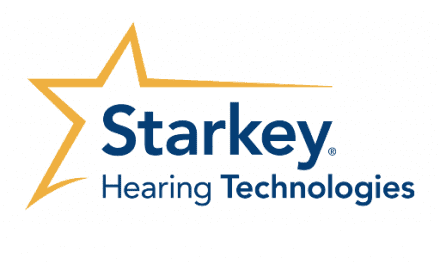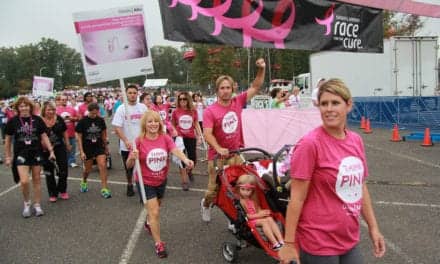Microtia Awareness Day, November 9, is dedicated to spreading hope and knowledge of Microtia, a congenital birth defect that derives its name from the Latin term for little ears.
According to the Ear Community organization, approximately one child in every 9,000 is born with Microtia–when the ears do not fully develop during the first trimester of pregnancy, affecting one or both ears. Microtia is diagnosed at birth, but there is no understanding as to why Microtia occurs.
Facial challenges, hearing loss, and the longing for social acceptance are some of the daily concerns for those who are born with Microtia. Microtia Awareness Day aims to raise awareness and the hope that future generations of families will leave the hospital armed with more answers than questions, and their dreams for their child’s future intact.
Ear Community founded Microtia Awareness Day in 2016. Melissa Tumblin founded Ear Community in 2010 after stumbling through the hurdles and challenges of finding answers for her daughter who was born with Microtia. Since then, Ear Community has brought together more than 6,500 people from around the world at the organization’s events, making it possible to share experiences and resources. The community is made up not only of children and adults with Microtia and their families, but also includes teachers, advocates, and medical professionals from around the world who foster awareness and assistance for those with Microtia.
Ear Community reports that many with Microtia share similar stories of curious stares, bullying, or awkwardness. Social conditioning, bullying, and access to treatment all impact how a child with Microtia develops and copes as an adult. By removing unnecessary boundaries and improving access to resources, tools, and support, better awareness and understanding of Microtia can eliminate bullying and clear the way for a more successful future.
In addition to self-acceptance and social support, advancements in technology can improve the lives of those with Microtia. From hearing aids and implants to surgical procedures and bio-ears that create new outer ears, there are solutions and improvements being explored. Even the untapped potential of 3-D printing looks promising.
For more information on Microtia, visit the Ear Community website. For more information about Microtia Awareness Day, see the national calendar.
Source: Ear Community





